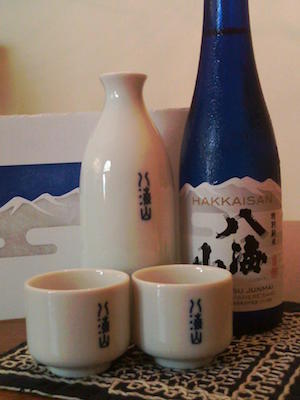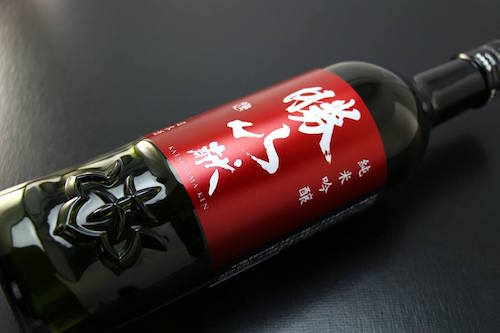In fresh years, Japan has develop into frequent for its super whiskies. but, whisky has handiest been made in the nation in view that the 1800s. Whisky is a brand new "activity" in Japan. The country's true business is sake. It's been made so long that there's now not even any listing of it being invented; It just appears to have always been.
Sake has 4 main primary parts: rice, koji, yeast and water. It's no longer technically a spirit; it's plenty nearer to a beer or wine, however now not in fact like either. "in comparison to wine, sake is much lower in acidity, generally sweeter, and incorporates many more amino acids (umami)," says Stephen Connolly, the Sake Sommelier at UNI in Boston.
Making sake is an advanced and element-oriented process, however here's the relatively short edition: top rate sake is made through sharpening sake rice, eliminating the outer component of the grain to circulate nearer to the pure starch targeted within the middle. "as a result of rice lacks sugar naturally, a element of the rice in every batch is inoculated with an enzyme referred to as koji-family members, which consumes starch and produces sugar," says Connolly. Yeast is brought to show the newly produced sugar to alcohol and CO2. "After fermentation, the mash is strained to separate the liquid. An array of submit-fermentation steps are normal, but now not required: diluting with water, carbon filtering for color, pasteurization and maturing in tanks or bottles…"
Sake is classified by way of two fundamental steps in its production manner: how much of the rice grain is last after polishing (seimaibuai) and whether a small quantity of distilled alcohol is introduced after fermentation. "if you see the be aware Junmai in your bottle, no alcohol become introduced," says Connolly. "The sprucing of sake can latitude from the bottom in futsushu, which has no milling requirements, to the optimum in daiginjo, which have to have no more than 50% of the normal rice grain final."
Sake for Dummies

Connolly's suggestions for novices is to think about what taste profiles you like in different beverages. "I trust there is a sake accessible for everybody. if you like circular and aromatic, are attempting a daiginjo. in case you like easy and crisp, find a honjozo from the Niigata place. in case you like rich and funky flavors, usual kimoto or yamahaisakes are the way to go."
Sake, for probably the most half, is meant to be consumed as fresh as viable. After maturing at breweries, sake is dated and shipped. "I've found that depending on storage conditions, sake should still be consumed inside a year or 18 months of that date." He provides. "There are exceptions, like koshu, which is aged sake with sherry notes, but those are extraordinarily rare."
Connolly's most appropriate suggestions for sake newcomers is to locate someone in your area willing to take the time to tailor a sake adventure for you. "I've met sake experts from so many different cities within the U.S." Some people he's met are waiters or sommeliers at japanese eating places. Others work in wine shops, distribution, and even home breweries. "however, one factor they all have in commonplace is an infectious ardour to tell the reports of these difficult working jap breweries and showcase the beverage we've come to love. I spoke of it before: there's a sake out there for each person. Isn't it about time to locate yours?"
a way to Serve Sake
Sake can be served heated, at room temperature or chilled. the style it's served relies upon of the nice of the sake as well as what time of year it's consumed. Some individuals drink hot sake during the colder wintry weather months, however it is greatly believed that sake should still be imbibed cold or at room temperature with the intention to hold the flavors. likelihood is, in case you're consuming sake served warm, it's a cheap sake.
Three Sakes to are trying

DassaiAnything from this brewery is strong. It's lush and clean, and the brewery best specializes in daiginjo sake. Splurge for the Dassai 23 for notes of melons, peaches and an extended smooth conclude.
HakkaisanLocated close the mountains of Niigata, Hakkaisan normally produces superbly crisp and rice-forward taste profiles. The Junmai Ginjo is light, crisp and all about the rice.
Katsuyama KenA relative newcomer to the U.S., it's both bright up front with an amazing gentle finish.
沒有留言:
張貼留言